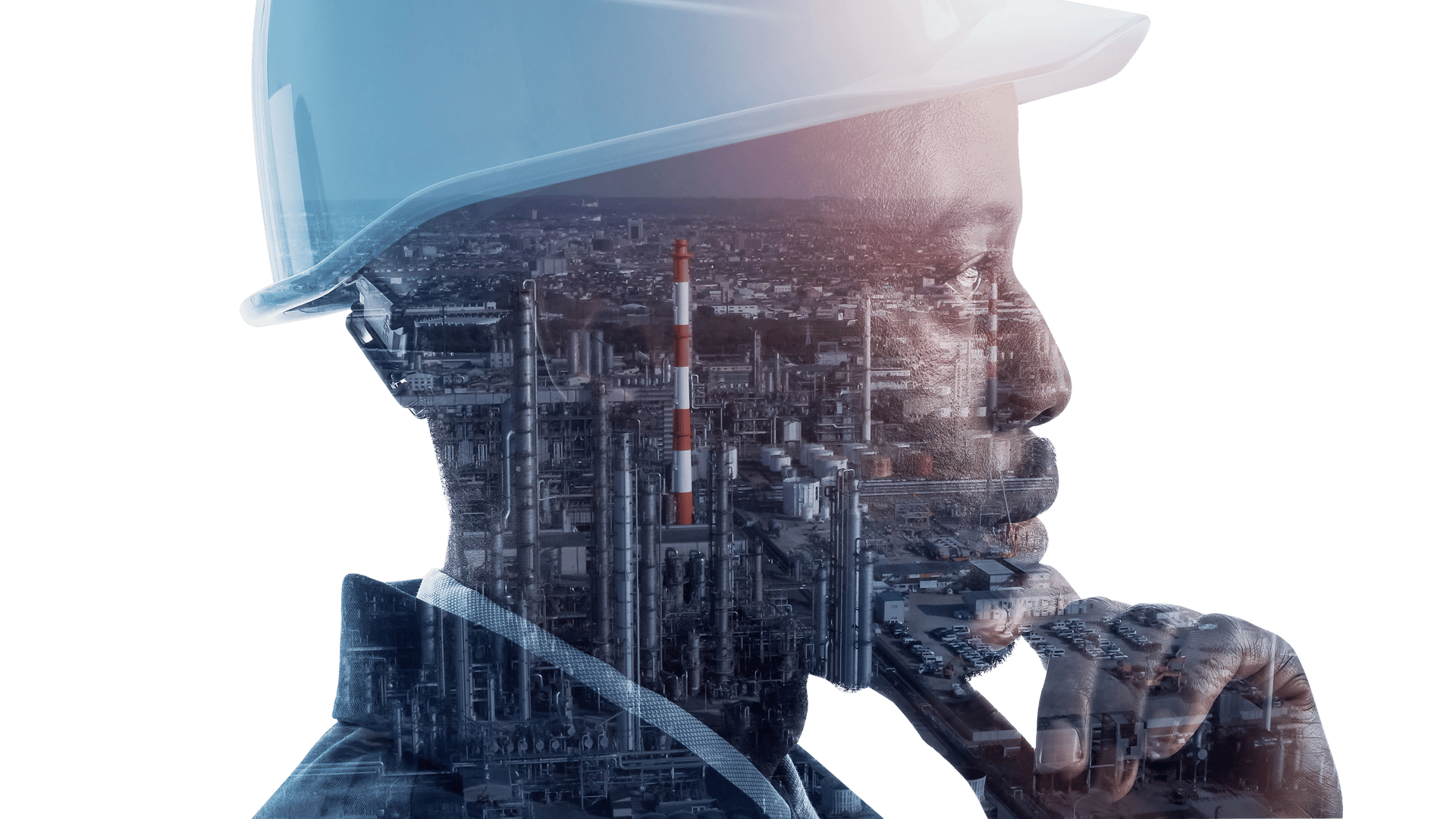
Safety culture

Photo: metamorworks / iStock / Getty Images Plus via Getty Images.
safety
Take a holistic approach to
It’s important to treat both mental and physical health in all industries
By Shaun Carvalho
he last two years have demonstrated the importance of prioritizing overall health and well-being—and how everyone’s personal and work life affect each other. With safety being the number one priority in construction, leaders in the industry should take the lessons learned to implement a holistic approach to safety, addressing both physical and psychological health.
It’s important to treat mental health the same as physical health, without blame, stigma, or judgment, and with awareness and acceptance. This is especially important in the construction industry, which experiences the second highest rate of suicide among major industries. And while nearly 60% of construction workers recently reported struggling with mental health, only a third said they would communicate it to their employer.
While the technical and physical components of construction safety — keeping everyone free from illness and injury associated with the normal course of work — remain vital, it is equally important to implement a comprehensive safety program that addresses the entire person. Research shows that improving worker safety from a mental health and well-being perspective can lead to a significant reduction in safety incidents.
Operationalize safety of the entire person
Safety programs should always be evolving to proactively address anticipated risk and need. The same should apply to psychological safety — add in total worker health topics that are timely, relevant, and address the need for mental health support in the workplace.
One way to do this is to add total worker health topics to toolbox talks that focus on safety from a psychological, mental health, and general well-being standpoint. Shared on jobsites and company-wide, topics include empathy, mental health awareness (including PTSD and suicide prevention), racism, and sexism. Providing jobsite signage reinforces these learnings and topics, including resources for everyone on-site.
T
Research shows that improving worker safety from a mental health and well-being perspective can lead to a significant reduction in safety incidents.
Integrate mindfulness
Many workplace injuries and accidents can be linked to lack of awareness or focus, caused simply by distraction or going on autopilot; in fact the vast majority of injuries sustained in the workplace are due to behaviors. The practice of mindfulness — the psychological process of bringing one's attention to experiences occurring in the present moment — can help reduce these incidents. To work safely on a jobsite, each action needs to be thoughtfully considered. Mindfulness creates the space between the stimulus and response that is critical for a safe reaction to a potentially dangerous situation — allowing a person to be fully alert, aware, and able to make the best decision possible.
Mindfulness creates the space to be empathetic, and empathy builds stronger bonds with team members, fosters an inclusive workplace environment where everyone can thrive, where workers can share ideas, learn, ask for help without judgment and perform their jobs safely, and opens the door for more candid and regular safety conversations, ensuring critical information is received before a safety incident occurs.
Provide teams the tools to learn how to recognize inattentiveness and become aware of the present moment. Regularly provide workshops and online trainings that lead people through the practice of mindfulness.
Lead from the top
The management style of mandating expectations, without empathy, is ineffective in today’s society — to be productive, reach their full potential, and perform work safely, people themselves need to feel safe and secure.
Educate leaders on how to understand the psychology of human behaviors and decisions. Getting to the root of why competent, experienced people do unsafe things is imperative to driving an engaging, holistic safety program. Encourage leaders to start meetings, company and department touchpoints, and jobsite toolbox talks with discussions or activities involving mindfulness. Discuss safety expectations, set clear direction, and establish accountability.
Not everyone will feel comfortable speaking up, which is why it’s important for leaders to regularly communicate all available resources and how to access them. For example, an employee assistance program (EAP) offers counseling and referrals along with information and resources on emotional, financial, legal, family and work-life issues. By regularly and openly discussing these resources, leaders can help destigmatize asking for help and help workers seek the assistance they need.
Fostering a workplace environment that focuses on mental health and encourages mindfulness ensures that everyone not only goes home safely every day, but improved, coming back even better the next day.
Shaun Carvalho is chief safety officer at Shawmut Design and Construction, a leading $1.3 billion national construction management firm. Carvalho leads the team in piloting and implementing safety programs and technologies to enhance Shawmut’s commitment to world-class safety. Previously vice president and safety director, Carvalho was the driving force behind multiple safety-oriented initiatives including Safety Week, the implementation of a new safety app and other technologies, as well as driving and communicating safety processes and programs. Carvalho has 20 years of experience in construction safety, starting off in the field as a site safety manager.
